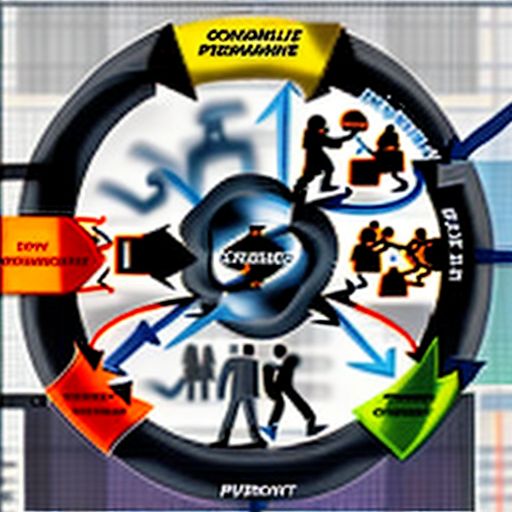Imagine this: your website crashes, a critical system fails, or a security breach occurs. These situations, known as incidents, can disrupt your operations and damage your reputation. An effective Incident Management Process Flow can be the difference between a minor inconvenience and a full-blown crisis.
This guide delves into the intricacies of incident management process flow, outlining its importance, key steps, benefits, and best practices. Whether you’re new to the concept or seeking to refine your existing processes, this comprehensive resource will equip you with the knowledge you need to handle incidents efficiently.
What is Incident Management Process Flow?
At its core, incident management process flow is a structured framework for identifying, analyzing, and resolving incidents that could negatively impact your business. It provides a clear roadmap for every stage of the incident lifecycle, ensuring a swift and coordinated response.
management.lux36.com/wp-content/uploads/2024/07/incident-management-process-flow-diagram-6694cb.jpg" alt="Incident Management Process Flow Diagram" width="512" height="512">Incident Management Process Flow Diagram
Why is Incident Management Process Flow Crucial?
A well-defined incident management process flow is paramount for several reasons:
- Minimizes Downtime: Rapidly identifying and addressing incidents helps reduce system downtime and service interruptions, minimizing disruption to your users and customers.
- Reduces Business Impact: By swiftly containing and resolving incidents, you limit their potential negative impact on revenue, reputation, and customer satisfaction.
- Improves Communication: A clear process ensures seamless communication among teams, stakeholders, and customers, keeping everyone informed and aligned.
- Facilitates Continuous Improvement: Analyzing past incidents enables you to identify recurring issues, vulnerabilities, and areas for improvement within your systems and processes.
Key Steps in an Effective Incident Management Process Flow
While specific steps may vary based on an organization’s size and complexity, a typical incident management process flow encompasses the following stages:
1. Incident Identification and Reporting
This initial stage focuses on promptly detecting and reporting potential incidents. This could involve automated alerts from monitoring systems, reports from users or employees, or observations from internal teams.
2. Incident Categorization and Prioritization
Once an incident is reported, it needs to be categorized based on its nature (e.g., hardware failure, security breach) and impact level (e.g., critical, high, medium, low). This allows teams to prioritize responses effectively.
3. Incident Response and Containment
The next step is to contain the incident and minimize its impact. This may involve isolating affected systems, implementing temporary workarounds, or engaging specialized response teams.
4. Incident Investigation and Diagnosis
Once the incident is contained, a thorough investigation is conducted to identify the root cause. This often involves analyzing logs, interviewing users, and collaborating with technical experts.
5. Incident Resolution and Recovery
Armed with an understanding of the root cause, teams work to implement permanent solutions and restore affected systems or services to their normal operating state.
6. Incident Closure and Documentation
After successful resolution, the incident is formally closed. Comprehensive documentation outlining the incident details, actions taken, and lessons learned is crucial for future reference and improvement initiatives.
Frequently Asked Questions About Incident Management Process Flow
- What is the difference between an incident and a problem? An incident is a single, unplanned event that disrupts service. A problem is the underlying cause of one or more incidents.
- What are some common incident management tools? Popular tools include incident management platforms, communication platforms (e.g., Slack), and monitoring and alerting systems.
- How can I measure the effectiveness of our incident management process? Key metrics include Mean Time to Resolution (MTTR), Mean Time to Detect (MTTD), and customer satisfaction scores.
Conclusion
Implementing a robust incident management process flow is not merely a best practice—it’s essential for any organization relying on technology and online services. By understanding the core principles, key steps, and best practices, you can establish a framework for efficient incident response, minimizing disruptions and safeguarding your business’s reputation and success.
Do you have any questions or experiences to share about incident management? Let us know in the comments below!




